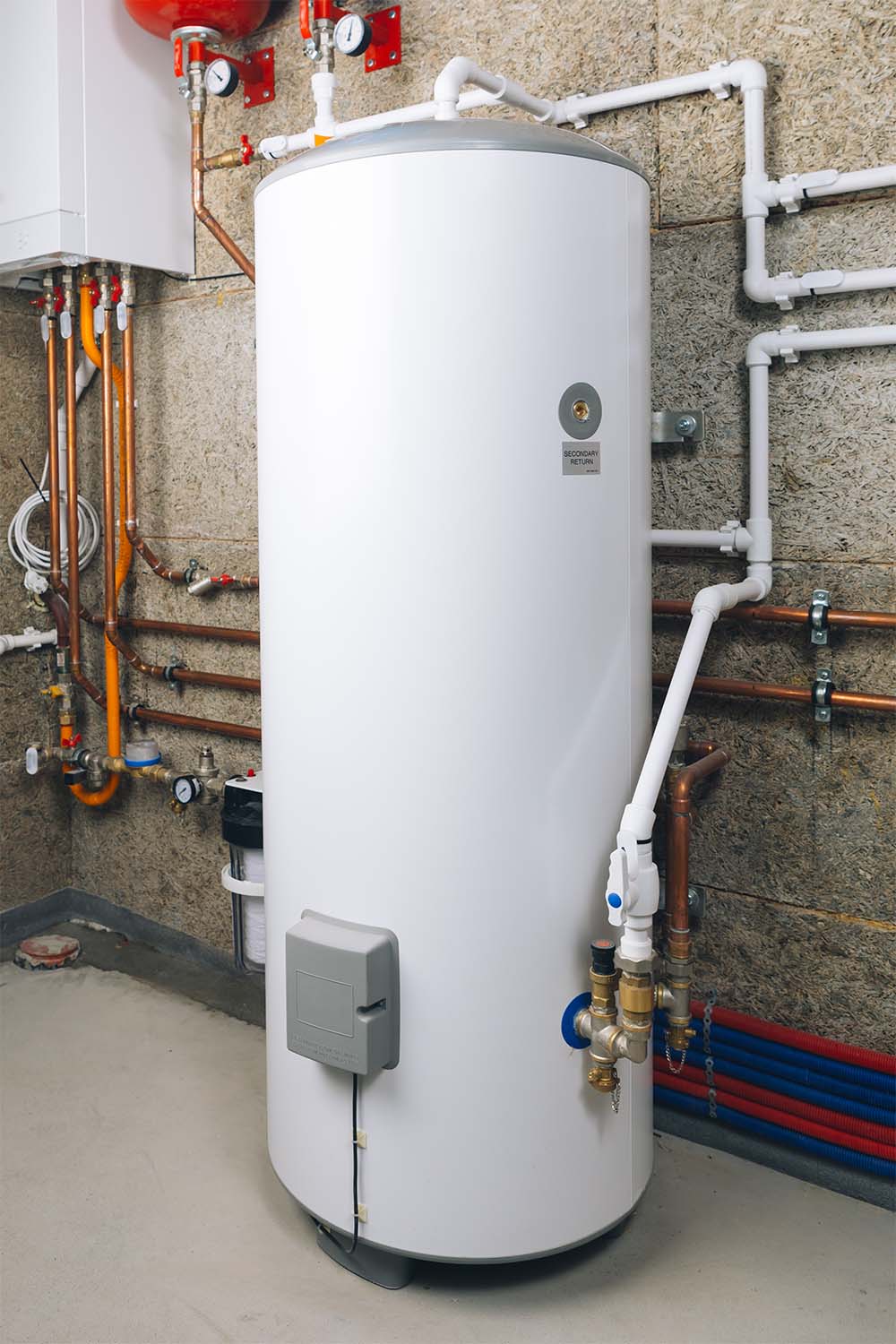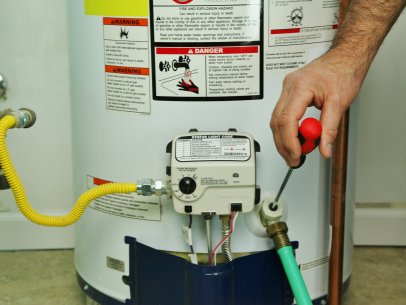Ways to Extend the Life of Your Home's Hot Water System Through Maintenance
Ways to Extend the Life of Your Home's Hot Water System Through Maintenance
Blog Article
This article below in relation to How to Maintain Your Water Heater & Prolong its Life is unquestionably motivating. Check it out for your own benefit and decide what you think about it.

Hot water is necessary for day-to-day convenience, whether it's for a revitalizing shower or cleaning dishes. To ensure your hot water system runs successfully and lasts longer, regular upkeep is vital. This article offers functional ideas and understandings on just how to keep your home's hot water system to stay clear of disturbances and costly fixings.
Intro
Keeping your home's warm water system may seem difficult, but with a few easy steps, you can ensure it runs efficiently for several years to find. This overview covers whatever from understanding your hot water system to DIY maintenance suggestions and recognizing when to employ expert assistance.
Significance of Preserving Your Warm Water System
Regular upkeep not only expands the lifespan of your hot water system however additionally guarantees it runs efficiently. Ignoring upkeep can bring about reduced effectiveness, greater power bills, and also early failure of the system.
Indicators Your Hot Water System Requirements Upkeep
Understanding when your warm water system needs interest can stop significant issues. Watch out for indicators such as irregular water temperature, odd noises from the heating system, or rustic water.
Purging the Hot Water Heater
Flushing your hot water heater removes sediment build-up, improving effectiveness and prolonging its life.
Monitoring and Replacing Anode Rods
Anode rods avoid corrosion inside the tank. Examining and changing them when worn out is vital.
Complicated Problems Requiring Specialist Assistance
Instances consist of significant leakages, electrical problems, or if your water heater is constantly underperforming.
Regular Specialist Upkeep Perks
Specialist maintenance can include thorough inspections, tune-ups, and making certain compliance with safety standards.
Inspecting and Adjusting Temperature Level Settings
Changing the temperature setups ensures optimal efficiency and safety.
Do It Yourself Tips for Upkeep
You can execute several upkeep tasks yourself to keep your hot water system in leading condition.
Checking for Leaks
Consistently inspect pipelines and connections for leaks, as these can cause water damage and greater costs.
Recognizing Your Warm Water System
Prior to diving right into maintenance jobs, it's handy to understand the fundamental components of your warm water system. Generally, this includes the water heater itself, pipes, anode rods, and temperature controls.
Regular Monthly Upkeep Tasks
Regular month-to-month checks can assist capture minor concerns prior to they escalate.
Checking Stress Alleviation Valves
Testing the stress relief valve guarantees it works properly and prevents too much stress build-up.
Shielding Pipes
Insulating warm water pipes minimizes heat loss and can conserve power.
When to Call an Expert
While DIY upkeep is helpful, some issues call for expert proficiency.
Verdict
Routine maintenance of your home's warm water system is necessary for efficiency, long life, and cost financial savings. By complying with these tips and recognizing when to seek expert help, you can make sure a reputable supply of hot water without unforeseen disturbances.
How to Maintain an Instant Hot Water Heater
Before tinkering with your hot water heater, make sure that it’s not powered on. You also have to turn off the main circuit breaker and shut off the main gas line to prevent accidents. Also turn off the water valves connected to your unit to prevent water from flowing into and out of the appliance. 2. When you’re done, you have to detach the purge valves’ caps. These look like the letter “T†and are situated on either side of the water valves. Doing so will release any pressure that has accumulated inside the valves while at the same time avoid hot water from shooting out and burning your skin. 3. When the purge valves’ caps are removed, you have to connect your hosing lines to the valves. Your unit should have come with three hoses but if it didn’t, you can purchase these things from any hardware or home repair shops. You can also get them from retail stores that sell water heating systems. Read the user’s manual and follow it to complete this task properly. When the hosing lines are connected, open the purge port’s valves. 4. You should never use harsh chemical cleaners or solutions when cleaning your unit. Make use of white vinegar instead. It should be undiluted and you’ll probably use about 2 gallons. 5. Now flush your water heater. This task should probably take about 40 minutes. We can’t give you specific directions for this because the procedure is carried out depending on the type, model and brand of your heater. With that being said, refer to the user’s manual. 6. When you’re done draining the unit, you have to turn off the purge port valves again. Remove the hosing lines that you earlier installed on each of the water valves. Put the valve caps (purge port) back in their respective places and be very careful so as not to damage the rubber discs that are found inside these caps. 7. Now that everything’s back in place, check your user’s manual again to find out how to reactivate your water heating system. 8. Once it is working, turn one of your hot water faucets on just to let air pass through the heater’s water supply pipes. Leave the tap on until water flows smoothly out of it. https://www.orrplumbing.com/blog/2014/september/how-to-maintain-an-instant-hot-water-heater/

As a passionate reader about How to Maintain a Hot Water Heater in a Few Simple Steps, I assumed sharing that section was sensible. Are you aware of another individual who is excited about the niche? Take a moment to promote it. I cherish your readership.
Click Here Report this page